
Presents
A STITCH IN TIME
Explore the Rich History of our Pattern Brands

Taking a Peek into Our Archives
Join us as we explore sewing patterns, past to present. Butterick, Vogue Patterns, McCall’s, and Simplicity all have a long history of defining women’s fashion and defining what it means to be a sewist.
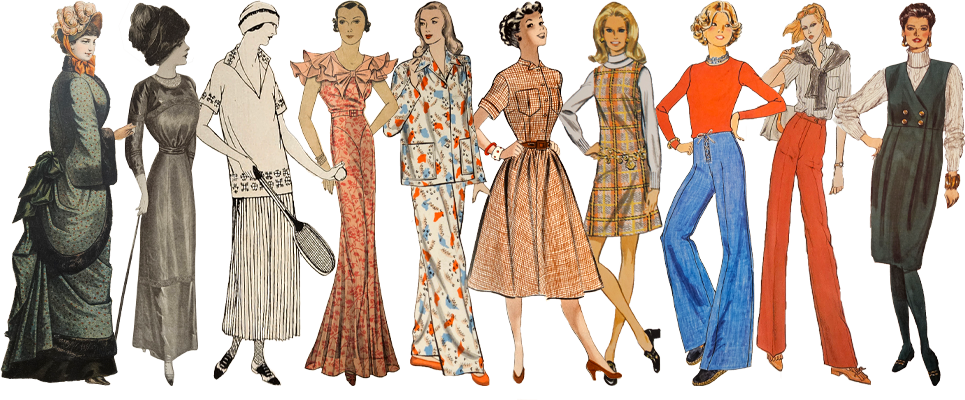
1800's
-
1863
Ebenezer Butterick founds Butterick to distribute the first graded sewing patterns.
-
1870
James McCall founds the McCall Pattern Company.
-
1899
Vogue Pattern Service began, a spinoff of Vogue Magazine's weekly pattern feature.
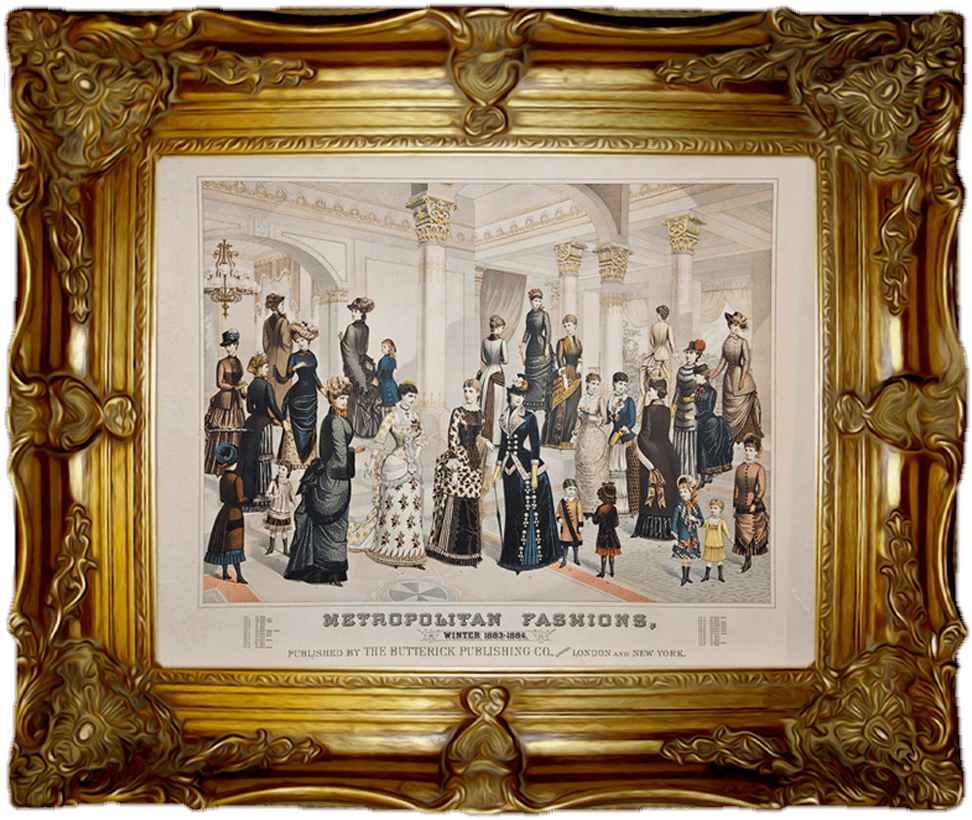
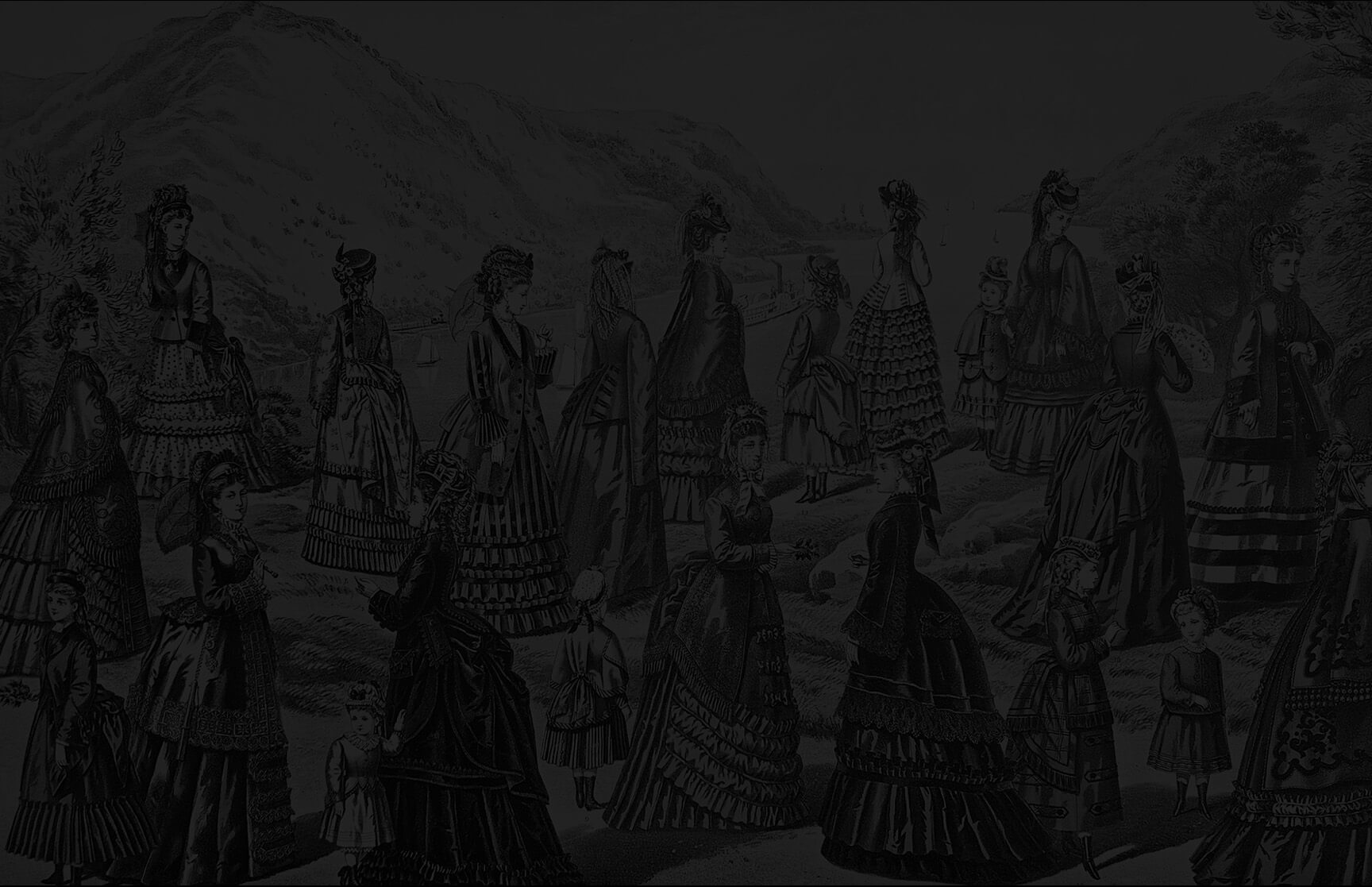
1900's
-
1909
Condé Nast buys Vogue.
-
1914
Vogue Pattern Company forms.
-
1916
Vogue Patterns are sold in department stores.
-
1919
McCall's introduces printed patterns and held the
patent rights to their printed pattern technology until 1938.
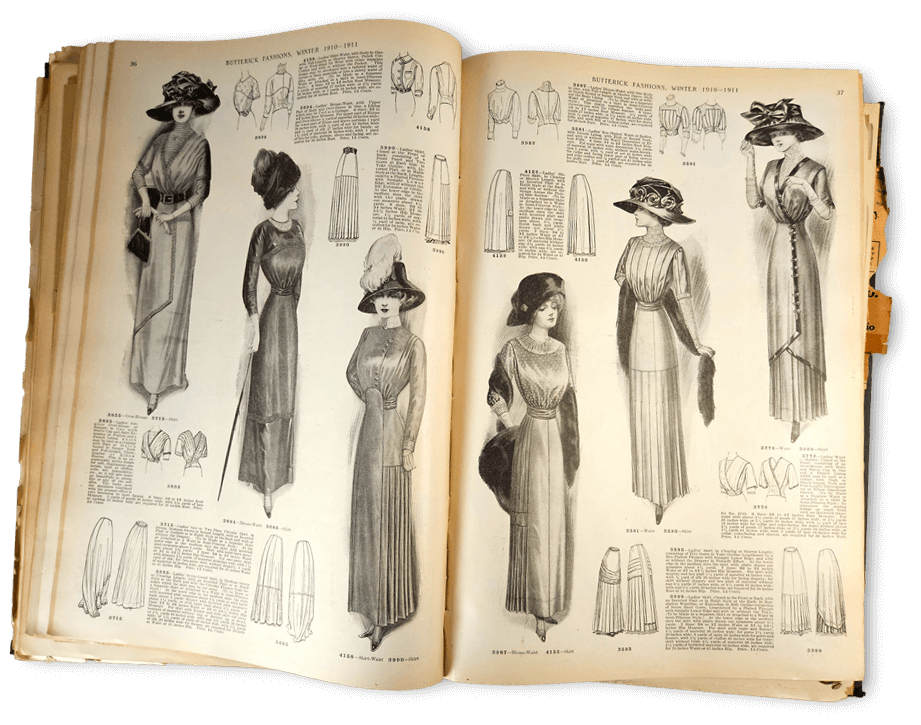
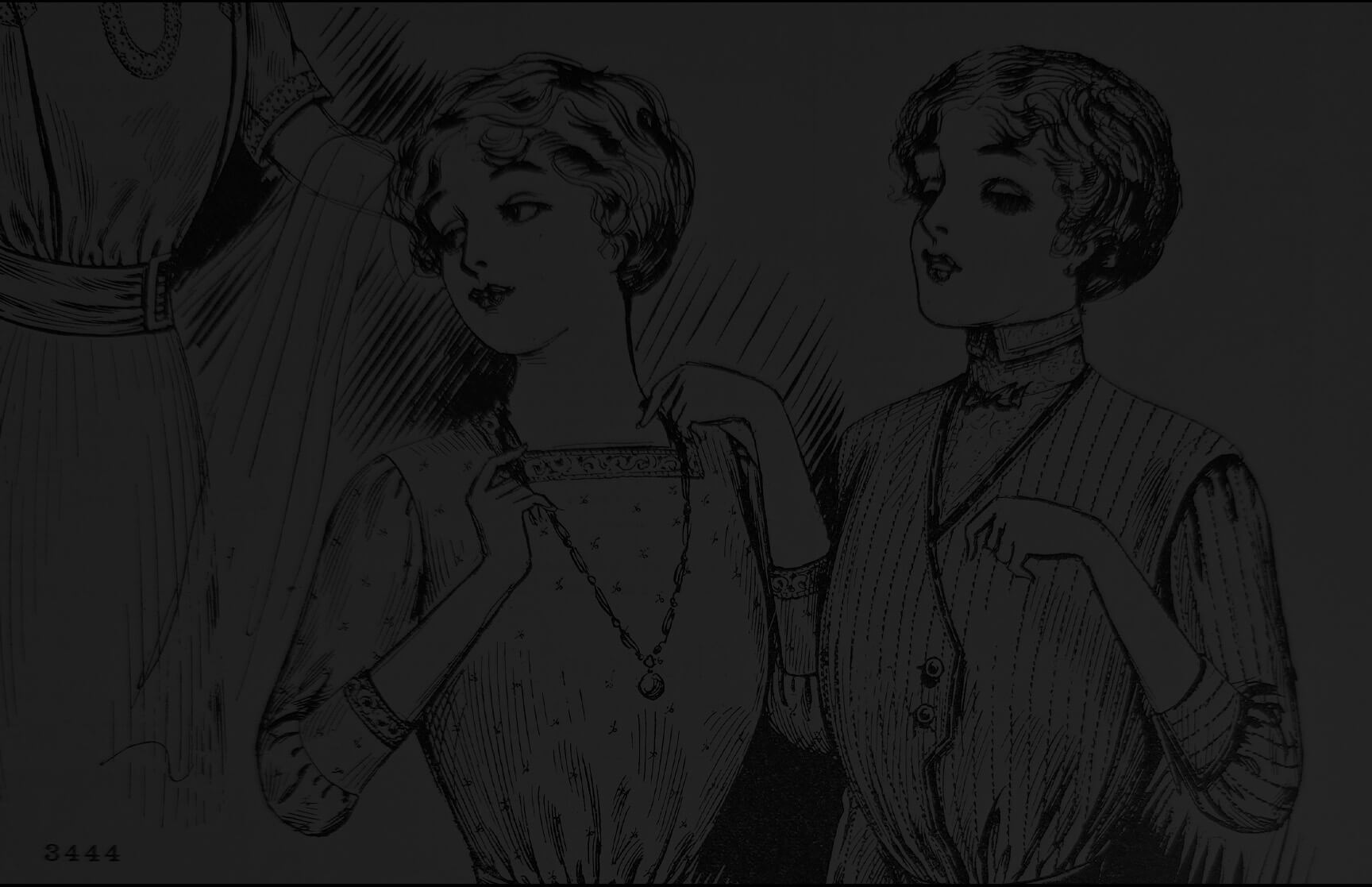
1920’s
-
1927
Simplicity Pattern Co. Inc. started producing patterns in 1927. Their goal was to produce an easy-to-use, lower-priced pattern, retailing for 15 cents.
-
Late 20’s
McCall’s began printing pattern envelopes in colored ink.


1930s
-
1931
Simplicity partnered with the Woolworth company to produce DuBarry patterns, which were manufactured from 1931 to 1946, and were sold for 10 cents (US).
-
Condé Nast, publisher of Vogue Patterns, introduced Hollywood Patterns - which sold for 15 cents each - and capitalized on women's desires to look like Silver Screen stars.


1940s
-
Simplicity introduce's Modern Miss magazine, a quarterly directed to Home Economics teachers.
-
In the late 1940’s and early 1950’s, they produced the Simplicity Designer line, with featured large envelopes and were of a high style than their regular lines.


1950s
-
In the 1950s McCall’s Patterns produced another designer line that included French couturier Hubert de Givenchy and Emilio of Capri (Pucci).
-
1955
Simplicity introduced printed patterns to the European market.


1960s
-
1961
Vogue Pattern Service was sold to Butterick Publishing, which also licensed the Vogue name.
-
A new McCall’s line called the “New York Designers’ Collection Plus” featured designs from some of the best American designers of the time including Claire McCardell, Pauline Trigere, and Geoffrey Beene.
-
1965
Simplicity launched the first national television advertising program in the pattern industry, with spots on the Ed Sullivan show, with the campaign theme 'If I Can Sew, You Can Sew.'


1970s
-
Butterick recruits celebrities such as Marie Osmond and Marlo Thomas to market their patterns towards a younger generation, with new silhouettes such as the mini skirt.
-
Simplicity Introduced 'Let Yourself Sew', the first sewing book for teens.


1980’s-2000’s
-
Dress for Success (clean lines, power suit), Preppy, Romaticism (Princess Diana and Charles), Rag tag Look, Physical Fitness trends drive pattern designs.
-
In 1984, in response to the explosion of avant-garde designers around the world Vogue Patterns launched the “Individualist” line of designer patterns. While these patterns are less than 20 years old, their limited production runs have made them highly sought-after, especially designs by Issey Miyake and Claude Montana.
-
Simplicity engage in influencer marketing with celebrities such as Brooke Shields.
-
Accessible technology boosts productivity in the 1980's for pattern companies.
-
Simplicity, Vogue, and Butterick release nostaligic patterns from the 1930's and 40's with 90's sizing.
-
Simplicity acquires Disney license for crafts and costumes.
-
Fast fashion casues most fabric stores to struggle and go out of business. Pattern companies focus on crafting and costumes to make up for the decline in homesewing of garments.
-
Pattern companies begin to establish affiliations with companies such as Joanns crafts , which emphasized creative hobbies for working women.


THE FUTURE
Simplicity and its family of patterns continues to innovate in design, wearability and sustainability focusing on our community of designers, the next generation of sewists and fashion influencers.


































